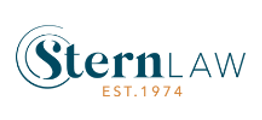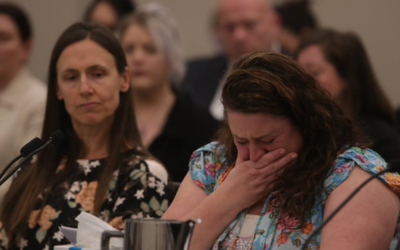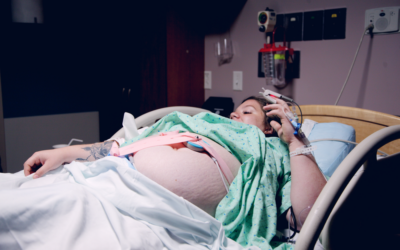Birth Injury and Medical Negligence Claims: Shoulder Dystocia
Stern Law is led by Principal Solicitor, Terry Stern, one of the most experienced medical negligence lawyers in NSW with over 35 years’ experience in the field and an Accredited Specialist in Personal injury Law.
Our Commitment: Stern Law is dedicated to a team approach, drawing on a variety of skills and backgrounds in medical negligence law to get our clients the best results.
Birth complicated by shoulder dystocia is a life threating condition for unborn babies and their mothers. Unfortunately, sometimes professional negligence by clinicians in the birth space can contribute to the probability of poor outcomes.
In Marchlewski v Hunter Area Health Service Matter (1998),[1] the plaintiff suffered nervous shock arising from the death of her baby, Maria, during birth. Maria suffered brain damage caused by asphyxia because of a prolonged shoulder dystocia which was poorly managed due to outdated hospital guidelines and inadequate skills training. The staff of the birth unit were not familiar with the McRoberts manoeuvre which would have facilitated birth in a timely manner. There were multiple risk factors (measuring large for gestation and increased amniotic fluid) which should have been considered so that a more experienced senior obstetrician be present at the birth. The plaintiff received $200,000 in general damages.

Shoulder Dystocia management with McRoberts Manouvre
Should I pursue a claim in medical negligence for shoulder dystocia?
To pursue a claim in medical negligence our team can prove the practitioner failed to meet the standard of care by:
- Failing to recognise and diagnose the signs of shoulder dystocia.
- Failing to respond to the acute nature of a shoulder dystocia emergency and escalate to experienced staff appropriately.
- Causeing injury to the baby through improper or unnecessary manoeuvres.
- Failing to warn a woman about her risk factors and/ or offer alternative mode of birth e.g., Caesarean section.
What is Shoulder Dystocia?
This birth complication occurs when a baby’s shoulder becomes stuck behind the mother’s pubic bone which inhibits the normal birthing process. The umbilical cord is compressed which can reduce oxygen flow to the baby.
It is essential that healthcare professionals (Obstetricians and Midwives) who work in the birthing space can identify and respond to this emergency effectively and efficiently with the appropriate manoeuvres.
Consequences of a shoulder dystocia for the neonate include:
- Brain damage e.g., cerebral palsy
- Brachial plexus injury and Nerve damage
- Broken bones
- And in worst case scenarios, death.
Mothers can also suffer severe complications including; increased likelihood of a significant maternal haemorrhage, injury to the cervix or pelvic floor and severe perineal tearing.
Obstetricians and midwives should always identify any risk factors for shoulder dystocia to facilitate the safest delivery possible for both mother and baby. These include but are not limited to:
- Prolonged first and/ or second stage of labour
- Induction of labour
- Instrumental delivery (forceps, ventouse)
- Macrosomia (Estimated fetal weight to be greater than 4.5kg)
- Gestational diabetes in pregnancy
- Maternal BMI > 30.
- History of previous shoulder dystocia
- Multiple birth
Caesarean section should be discussed and offered as an option to women who present with these risk factors. However, shoulder dystocia continues to occur in births where no risks are identified.
Has your clinician correctly diagnosed shoulder dystocia?
- Delivery of the fetal head but the body has not emerged and retracts into the mother’s perineum, known as ‘turtling’.
- Failure of the fetal shoulders to descend.
For further information about your birth details, contact your birth provider for a clinical debrief.
If you are unsure whether you have grounds for a birth injury claim, our medical negligence specialists are more than happy to talk through your personal circumstances. We understand the sensitive nature of shoulder dystocia complicated births and will guide you every step of the way.
Please call us on (02) 9387 1399 or email us at [email protected]
We look forward to sharing this journey with you.
Disclaimer: The content of this article is intended only to provide a summary and general overview of matters of interest. It does not constitute medical or legal advice and should not be relied on as such.
Photo References:
[1] Marchlewski v Hunter Area Health Service Matter No 20937/95 [1998] NSWSC 771.




